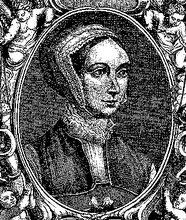The second Part of “Progress and
Religion” by Dawson is an overview of the history of civilization and culture,
written from the central hinge of human life, which is the religious impulse
that is situated within all human beings, and the concrete expression of
religion, both of which form civilization and culture.
What we read here is history looked at
from the central axis of human life – not dates or famous people, not food, or
reproduction, or the faculty of reason, or economics, but the relationship
between human beings and the divine – which reveals the depth of human identity,
much of which we have forgotten, and been distracted from, in the fast-changing
age in which we live.
Dawson’s scholarship keenly brings
together the major facets of humanity, placing them in their right order, an
order that arises from the relationship around which all human life and
activity revolve – the relationship that human nature has with the divine. This
relationship becomes visible in ritual, in society, in culture and in
civilization, and so we see human beings set in relief.
Anthropology is implicit in much of
Dawson’s narrative. An anthropology, assuming that it is an adequate one, is
the foundation for speaking about human beings in any sense. While the author
does speak about anthropology directly in Part One of his book, that understanding
lies behind what he says in Part Two, and that anthropological basis can be
deduced from the text.
Writing long before the New Evangelsation
was envisaged, Dawson was not able to comment on what would be the depth of the
Church’s response to the human situation today. That is for us to do, so that we
can more fully participate in the New Evangelisation.















No comments:
Post a Comment